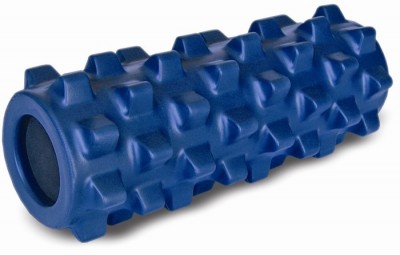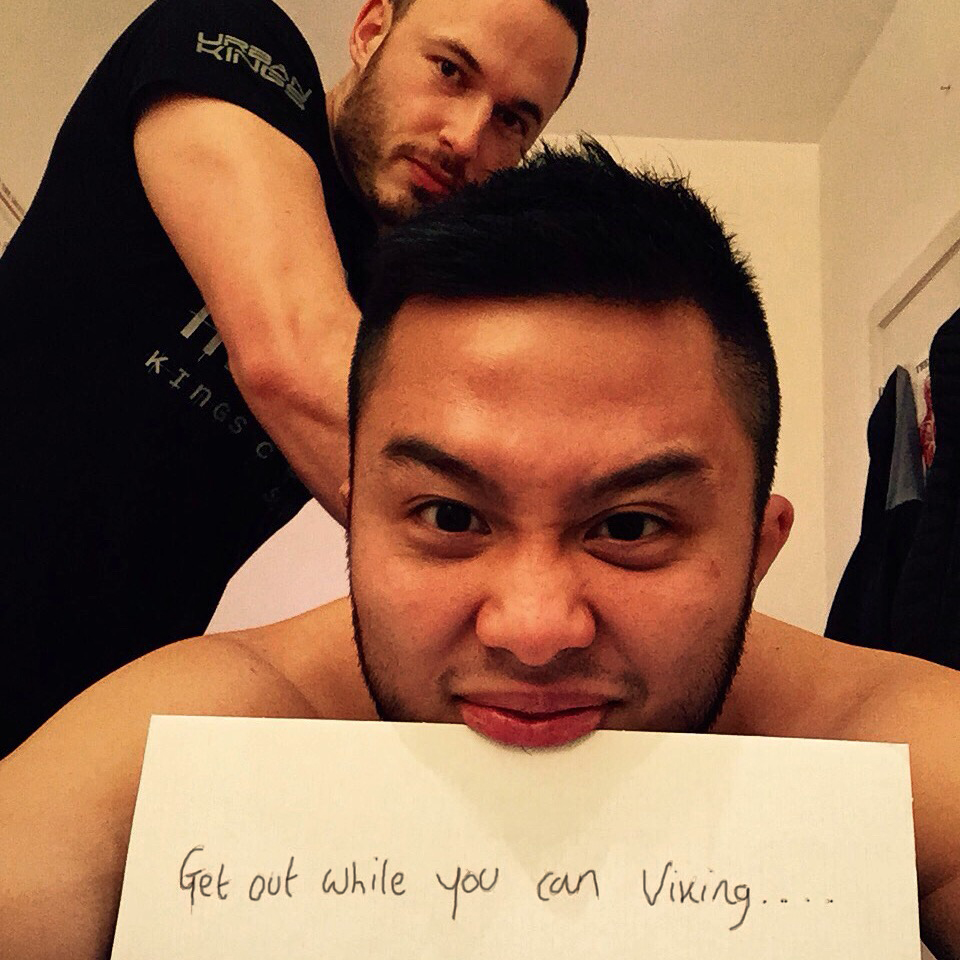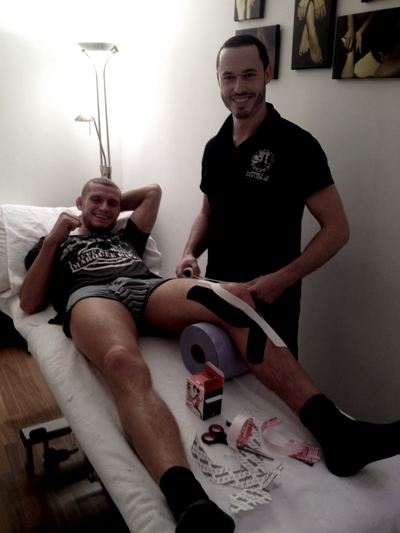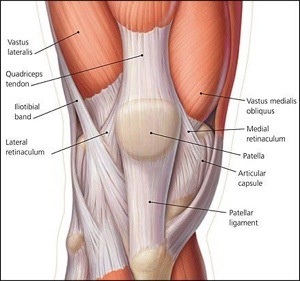 Disclosure: Please note that some of the links below are affiliate links, and at no additional cost to you, we will earn a small commission if you decide to make a purchase. Please understand that we have experience with the product listed below, and we recommend it because it is useful, not because of the small commissions we make if you do decide to buy it. Please do not spend any money on this product unless you feel you need it or that it will help you achieve your goals.
Disclosure: Please note that some of the links below are affiliate links, and at no additional cost to you, we will earn a small commission if you decide to make a purchase. Please understand that we have experience with the product listed below, and we recommend it because it is useful, not because of the small commissions we make if you do decide to buy it. Please do not spend any money on this product unless you feel you need it or that it will help you achieve your goals.
In the last week or two, I have has several people asking about the “painful looking” rollers we have here in the gym and what they are so I decided to explain them and see if I could help answer a few questions.
Foam rolling is thankfully something that has increased in popularity in recent times and as a result we are seeing better quality rollers such as the Triggerpoint Therapy Grid roller and the Rumble Roller.
This post is purely about the Rumble Roller since there are so many other great articles out there about the other types of roller but not the Rumble Roller.
Admittedly the Rumble roller is a pretty savage looking piece of equipment, almost like something out of medievil times, with its scary looking nodules. But before you avoid it completely let me assure you they are not as bad as they look.
The theory behind foam rollers is to break down adhesions of a film-like tissue in the body called Fascia. Fascia runs all throughout the body and can become “sticky” and “knotty” and therefore affect how your body functions. Using foam rollers is almost like rolling dough with a rolling pin- the roller squashes the tissues back into their correct alignment.
The Rumble Roller on the other hand works more like a deep tissue massage, working into the muscles, rather than squashing the muscles. The nodules can be described as similar to the thumbs of a massage therapist.
There are 2 models of the Rumble Roller; Blue and Black, which have different densities. The blue rumble roller is the less firm of the two and the nodules are firm but not solid, meaning that they are compressible. I would recommend the blue version to most people.
The black version is almost the same except that the material is even denser than the blue and thus harder to roll on.
The first time I tried a Rumble Roller I expected it to be even more painful than a standard roller but once I had been on one for the first time I would actually say I prefer it as I find my muscles get worked in to rather than just squashed.
Rumble rollers, like most other foam rollers, come in 2 sizes; 12.5cm x 30cm or 15cm x 77.5cm. I personally prefer the longer roller as you can roll all your body easily. I would recommend the smaller one for working into smaller and less accessible areas such as the rotator cuff.
Prices are much the same wherever you shop, with any variations being due to postage costs. I got mine from Amazon.co.uk for £62 with free delivery- Rumble Roller Original Blue – Full Size 15cm x 77.5cm
(Blue/ Normal) or Rumble Roller Extra Firm Black – Full Size 15cm x 77.5cm (Black/ Extra Firm).
(Black/ Extra Firm).
Hopefully that has helped you out but if you have any questions, please leave them in the comments section below.
Ashley





